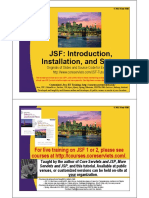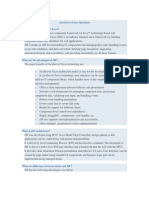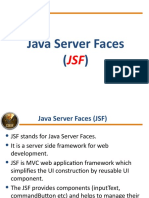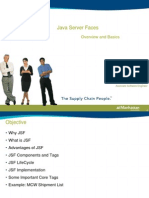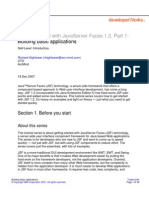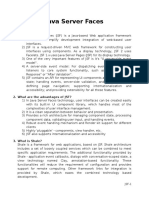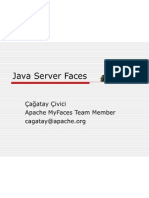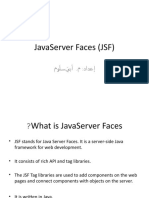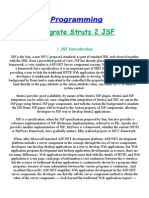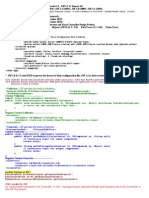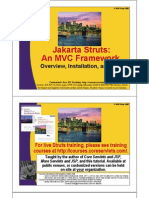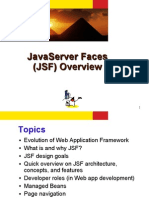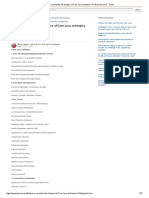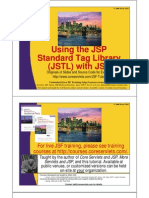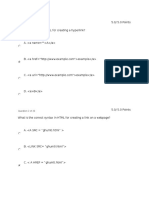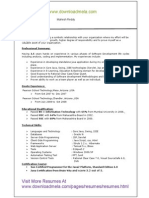0% found this document useful (0 votes)
60 views21 pagesJava Server Faces: A New Face On Application Development in Java
This document provides an overview of Java Server Faces (JSF), a server-side user interface framework for Java web applications. It outlines the key concepts of JSF, including UI components, renderers, validators, backing beans, converters, events and listeners. It also describes JSF's request processing lifecycle and how communication occurs between JSF components. The document compares JSF to Struts, noting advantages of JSF such as custom components, support for non-HTML technologies, simpler configuration and overall structure. It also discusses working with JSF tags, XML files and managed beans, and limitations of JSF around validation and lack of GET support.
Uploaded by
Satish BehraCopyright
© Attribution Non-Commercial (BY-NC)
We take content rights seriously. If you suspect this is your content, claim it here.
Available Formats
Download as PPT, PDF, TXT or read online on Scribd
0% found this document useful (0 votes)
60 views21 pagesJava Server Faces: A New Face On Application Development in Java
This document provides an overview of Java Server Faces (JSF), a server-side user interface framework for Java web applications. It outlines the key concepts of JSF, including UI components, renderers, validators, backing beans, converters, events and listeners. It also describes JSF's request processing lifecycle and how communication occurs between JSF components. The document compares JSF to Struts, noting advantages of JSF such as custom components, support for non-HTML technologies, simpler configuration and overall structure. It also discusses working with JSF tags, XML files and managed beans, and limitations of JSF around validation and lack of GET support.
Uploaded by
Satish BehraCopyright
© Attribution Non-Commercial (BY-NC)
We take content rights seriously. If you suspect this is your content, claim it here.
Available Formats
Download as PPT, PDF, TXT or read online on Scribd
/ 21
